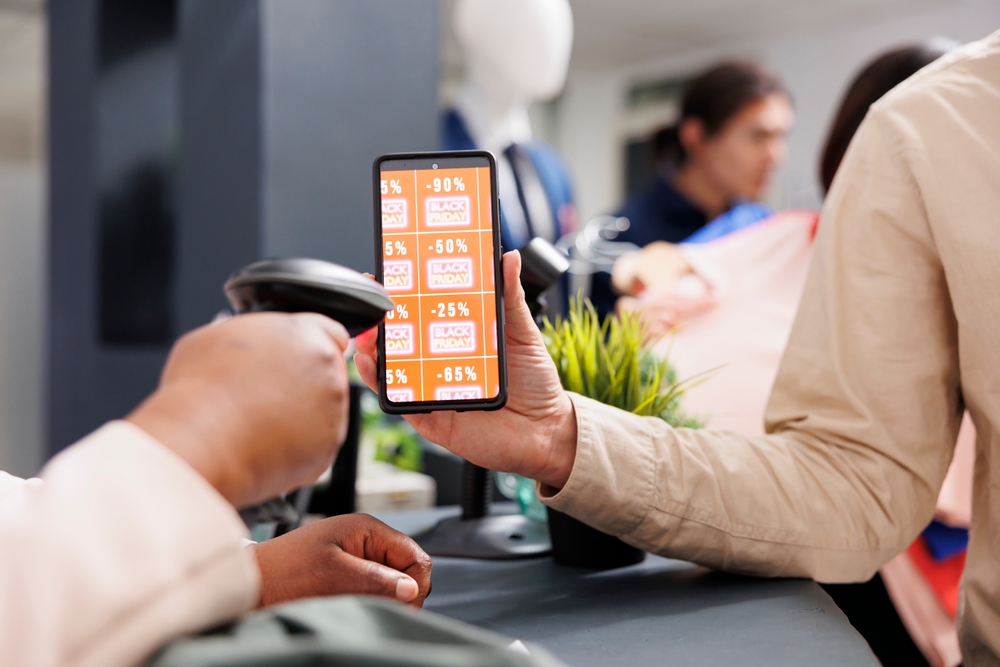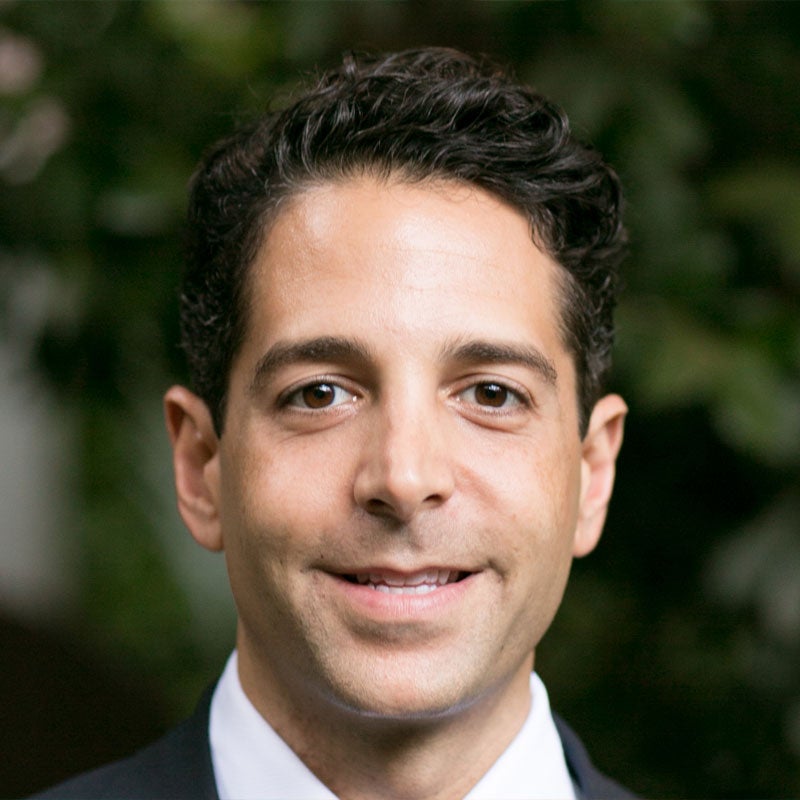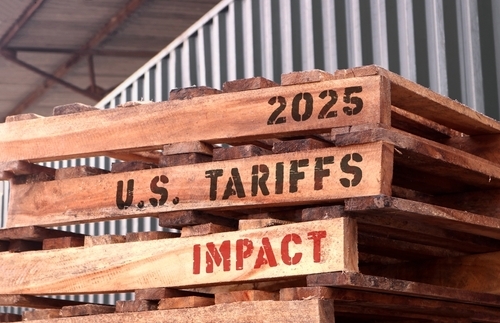Tariffs are top of mind for consumers who feel as though they’ll bear the brunt of the Trump administration’s economic policies. In response, shoppers are scouring the internet for the best deals and even employing creative tactics to save money, according to a new report from Wunderkind, dubbed “U.S. Tariffs: Consumer Impact Survey Series.”
According to the report, which is based on data collected from 303 adult U.S. consumers between July 11 and July 14, 62% of consumers feel cautious, pessimistic or panicked about the economy. And just 23% of respondents say they’re better off financially than they were in January. Sixty-four percent say “higher prices” is their biggest concern about shopping. As a result, 32% of shoppers are “more aggressively looking for discounts” and 31% are minimizing non-essential purchases.
Facing financial concerns and an unclear future, many shoppers are planning to approach the holiday season differently than they have in the past. The report highlights the following insights to keep in mind as brands gear up for the holiday shopping rush.
Most consumers are delaying holiday shopping, but opportunities remain.
Many shoppers are firing up the holiday shopping engine later than they have in previous years. According to survey data, just 11% of shoppers are planning to start holiday shopping before September, while 15% will start in September and 23% will start in October. The largest bloc of respondents—24%—are planning to wait until Black Friday and Cyber Monday to start buying presents.
That said, Black Friday and Cyber Monday are no longer panaceas; 30% of respondents plan to spend less this year on these days, with just 10% planning to spend more. With 11% of shoppers planning to spread their holiday spending over several months and 14% opting to delay or eliminate big-ticket items for their shopping lists, brands need to adapt to shifting preferences this holiday season.
“For brands and marketers, the message is clear: deep, clear discounts and flexible payment options will resonate,” the report says. “Campaigns that reward early deal-seekers and address budget concerns directly will be best positioned to convert cautious shoppers.”
Shoppers are using creative tactics to get better deals.
To stretch limited budgets, shoppers are using creative tactics—like adding items to carts and leaving them in hopes for price reductions (24% of all respondents) and signing up for email and text alerts (22% of Gen X and 31% of Gen Z) to score discounts.
To capitalize on these trends, brands should focus on abandoned cart strategies, exclusive sign-up offers and loyalty programs, the report suggests.
Email remains a top marketing channel.
Today’s shoppers increasingly expect personalized offers—and, for 56% of them, email remains the preferred channel to receive them. That said, 20% of respondents indicated their preferences for text, a medium which is “rapidly gaining ground” among the younger crowd and highlights the “growing importance of mobile-first marketing,” the report says.
Brands can connect with their audiences more authentically and win more business by continuing to lean into email and developing strategies to engage Gen Z via text.
Consumers want clear communication.
Shoppers understand that prices may fluctuate as the tariff situation unfolds. They just expect brands to be open and honest about pricing, product availability and exclusive offers—and 48% of respondents say they’ll be “more likely to stay loyal” to brands that meet these expectations.






